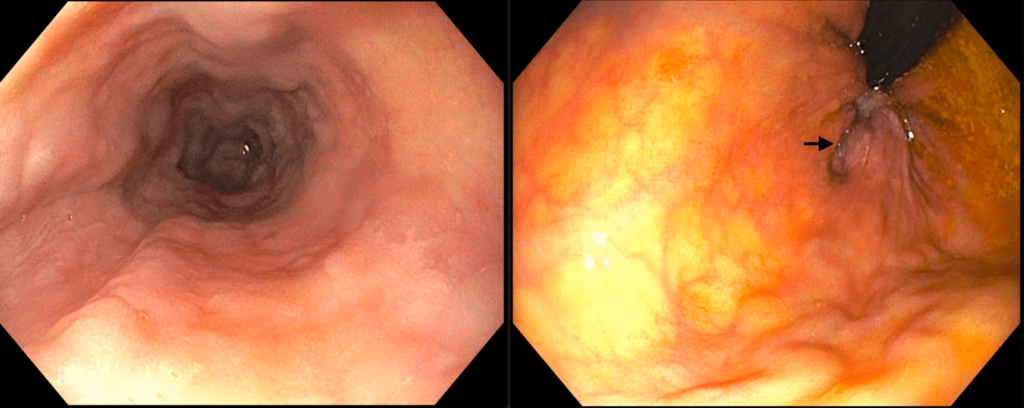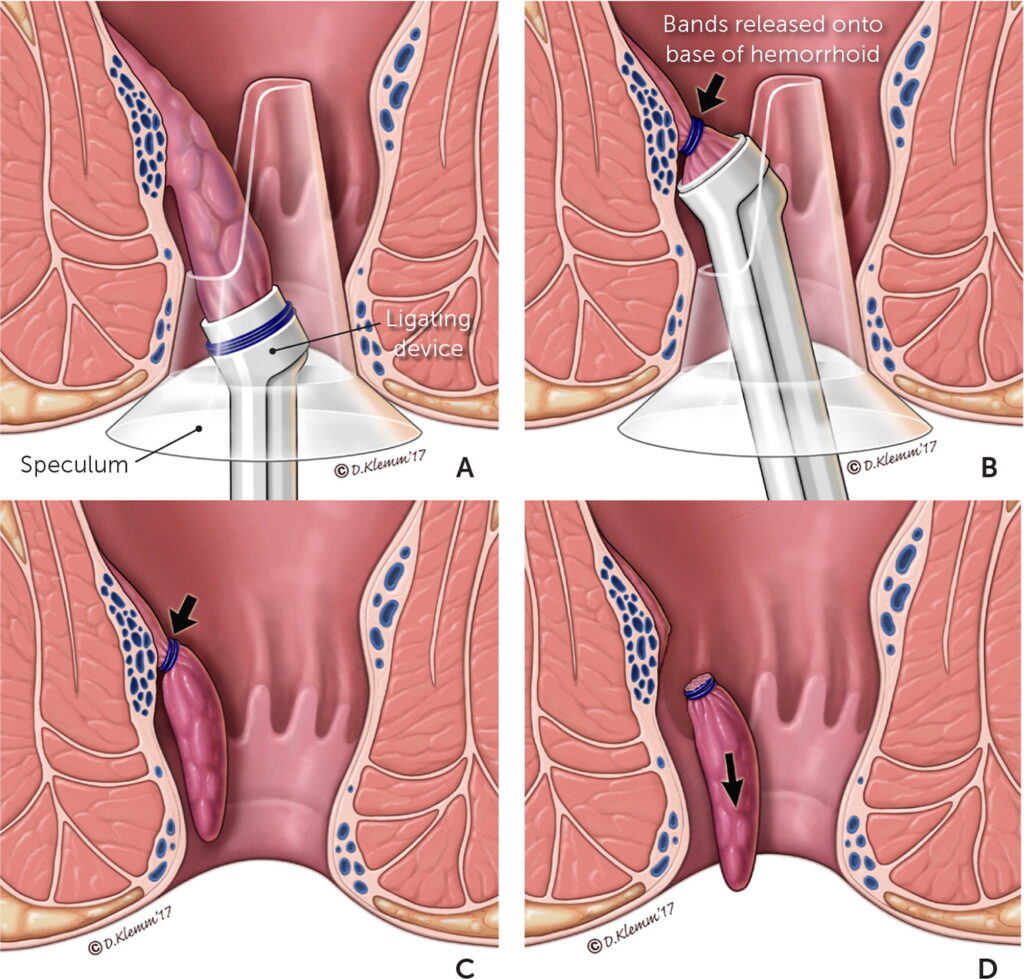Dr. Prashant Kumar
-
Everyday
10:00 AM to 5:00 PM

Hemorrhoids or Piles, as they are commonly known, are one of the most common problems that have afflicted mankind since time immemorial. It is responsible for much discomfort and suffering, though hemorrhoids are seldom life threatening or serious.
Hemorrhoids DO NOT cause nor lead to cancer. What is important, is to establish if the symptoms are caused purely by hemorrhoids, and not some other more serious and sinister condition. Further investigations like a colonoscopy may be necessary in some patients to rule out other causes.
Two types of hemorrhoids are commonly described – Internal and External Hemorrhoids.

A fissure refers to a small tear or crack in the lining of a tissue or organ. While fissures can occur in various parts of the body, they are most commonly associated with the anal region. An anal fissure is a painful condition characterized by a small tear or ulcer in the lining of the anus.
Symptoms of anal fissures may include:

External hemorrhoids usually present acutely with a painful swelling around the anus. Commonly, there is a history of a strained bowel movement, diarrhea, lifting of heavy weights, long travel journeys or heavy exercise. These are usually described as a ‘thrombosed external hemorrhoid’ which is essentially a blood clot at the edge of the anus under the skin. Although uncomfortable, no specific treatment is required. Medication for pain and ointments may help symptoms. Thrombosed external hemorrhoids usually resolve without the need for surgery. The pain lasts for a few days, but the swelling may persist for a few weeks before it becomes smaller and resolves completely. In some instances, where the swelling is large or very uncomfortable, surgery may be considered. In this surgery, the blood clot is evacuated by an incision. This procedure is relatively minor compared to surgery for internal hemorrhoids.
Internal hemorrhoids are much more common and seem to be related to the main arteries supplying the anal region and are commonly at the 4, 7 and 11 o’clock positions. They originate internally, above a line called the “dentate line” and are usually covered by rectal mucosa.

Treatment of Hemorrhoids The treatment of hemorrhoids is, essentially, the treatment of the tolerance of symptoms! Hemorrhoids do not really need to be treated if the patient is able to, and is willing to, tolerate the symptoms. Some patients accept the inconvenience or discomfort and live with the hemorrhoids. However, when there is excessive bleeding, then treatment is important. The avoidance of constipation and straining on bowel movements is most important in the treatment of hemorrhoids. The ideal is to have bulky soft, well-formed stools without the need to strain to evacuate. Minor degrees of hemorrhoids will respond to increased fluid and fiber intake alone. Laxatives which may cause diarrhea may worsen hemorrhoids.
There are various sorts of medication available for hemorrhoids. There is a wide array of anal ointments and suppositories that can be obtained. These medications usually help in reducing the inflammation, swelling and discomfort. Some contain a low dose of steroids. Medications containing steroids are recommended only for short periods of use and should not be for prolonged use. Oral medications are also available for hemorrhoids. Studies that are available have shown these oral medications to be helpful in reducing the severity, and symptoms of an acute hemorrhoid attack.

Typically replies within a day
Dr Prashant Kumar Hey, Do you want to talk with us?
We Are Committed to Provide Personalised, Comprehensive & Holistic Care for You.
Mon – Sat : 10:00 AM to 5:00 PM
Sun : Closed